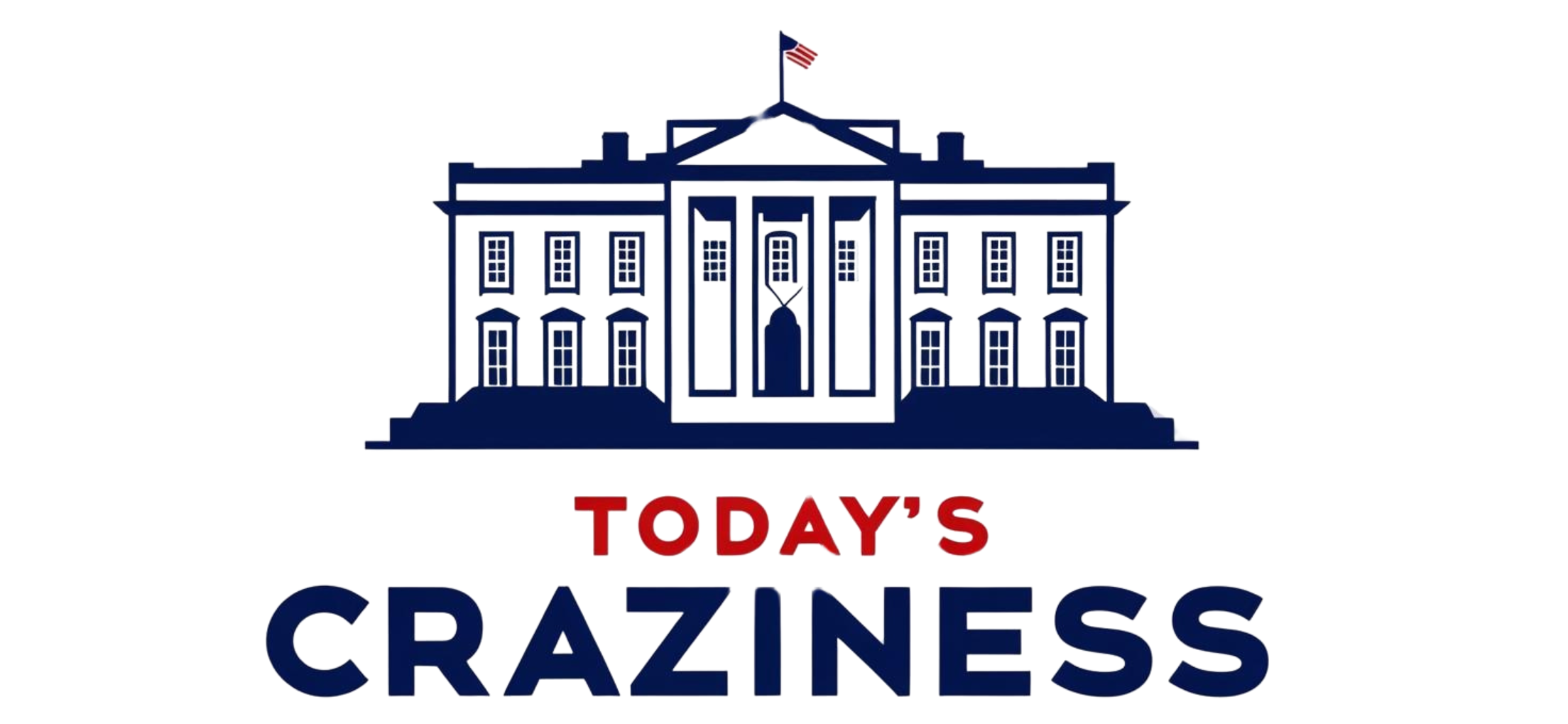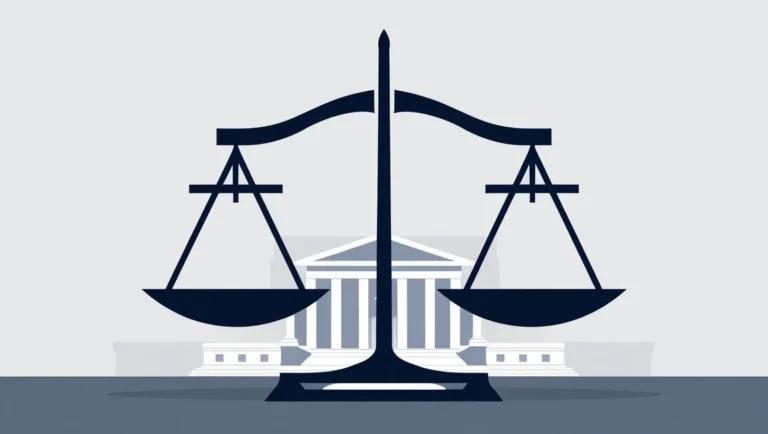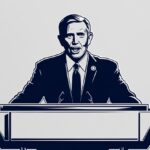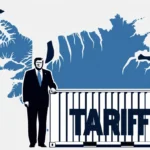Federal courts confront Trump’s sweeping executive actions, blocking immigration bans and preserving constitutional checks. Judges reaffirm judicial independence, countering political attacks and reshaping limits on executive authority. The Judiciary emerges as a formidable defender of balance, sending shockwaves through the nation’s power structures during Trump’s turbulent opening months.
Introduction
In the United States’ constitutional system, the Judiciary serves as the enduring safeguard against overreach from the Executive and Legislative branches. During President Donald Trump’s first 100 days, the federal courts played an especially visible role, intervening repeatedly in matters of executive authority and constitutional interpretation. At the same time, the early months of 2025 witnessed major judicial appointments and a reshaping of the federal bench that would echo throughout the coming years.
Drawing exclusively from primary court records, first-hand reports, and official government documentation, this section explores the major rulings, battles, and shifts that defined the Judiciary’s response to the Trump presidency’s opening acts.
The Judiciary’s Role in American Governance
Under Article III of the Constitution, federal courts are tasked with interpreting laws and ensuring they align with the nation’s founding principles. Historically, courts have acted as both a shield and a check, whether during the New Deal, the civil rights era, or wartime expansions of executive power.
In Trump’s first 100 days, the Judiciary again found itself thrust into the political spotlight, testing the balance between rapid executive action and constitutional limits.
The Nomination and Confirmation of Justice Neil Gorsuch
The most significant event for the federal judiciary during Trump’s first 100 days was the nomination and confirmation of Neil M. Gorsuch to the Supreme Court.
- Nomination: Announced on January 31, 2025, in a prime-time address1.
- Confirmation Process: Gorsuch underwent intense Judiciary Committee hearings in March 20252, during which he emphasized judicial independence and a commitment to “textualist” interpretations of the Constitution.
- Confirmation Vote: Following Democratic filibuster attempts, Senate Republicans invoked the “nuclear option” (April 6, 2025), eliminating the 60-vote threshold for Supreme Court confirmations3. Gorsuch was confirmed on April 7, 2025, by a 54–45 vote4.
Justice Gorsuch’s addition restored a conservative 5-4 majority on the Court, influencing both immediate and future rulings.
Executive Orders and Legal Challenges
Almost immediately, the federal Judiciary was called upon to weigh in on several Executive Orders issued by President Trump.
1. The “Travel Ban” Litigation
The most prominent early judicial confrontation involved Executive Order 13769, titled Protecting the Nation from Foreign Terrorist Entry into the United States5.
Key events:
- January 27, 2025: Order signed, restricting entry from several Muslim-majority countries.
- January 28–29, 2025: Multiple lawsuits filed across the country (notably in New York, Massachusetts, and Washington State)6.
- February 3, 2025: Judge James Robart (U.S. District Court for the Western District of Washington) issued a nationwide temporary restraining order (TRO) blocking key provisions7.
- February 9, 2025: The Ninth Circuit Court of Appeals unanimously upheld the suspension, citing procedural and constitutional concerns8.
In his order, Judge Robart emphasized: “The Constitution protects all persons, regardless of status or nationality”7.
Trump reacted publicly and critically, labeling the ruling “ridiculous” in an official White House statement9, prompting renewed debates over judicial independence.
2. Sanctuary City Executive Order Challenges
Another early battle involved Executive Order 13768, which sought to withhold federal funding from “sanctuary jurisdictions”10.
- March 14, 2025: The City of San Francisco filed suit, arguing the order violated the Tenth Amendment11.
- April 25, 2025: U.S. District Judge William H. Orrick III issued a preliminary injunction, blocking enforcement of funding cuts12.
The court ruled that the executive branch lacked unilateral authority to impose funding conditions without congressional approval, reinforcing the principle of separation of powers.
Lower Court Activity and Broader Trends
Beyond the high-profile cases, lower federal courts were active in several important domains:
- Environmental Regulations: Courts began hearing challenges to Trump’s rollbacks of Obama-era environmental rules, particularly concerning the Clean Power Plan13.
- Immigration Detention Policies: Federal courts in California, New York, and Texas issued mixed rulings on Trump administration detention policies, with some courts reinforcing detainees’ constitutional rights to hearings14.
Judicial scrutiny focused not only on constitutional rights but also on administrative law procedures — questioning whether proper notice-and-comment periods were observed before policy shifts.
The Federal Bench: Early Appointments Beyond the Supreme Court
President Trump and Senate Republicans also moved swiftly to begin shaping the lower federal courts:
- April 10, 2025: Trump submitted 15 judicial nominations for vacant district and circuit court seats15.
- These nominations reflected a broader strategy to appoint younger, ideologically conservative judges who could serve for decades.
Senate Judiciary Committee hearings on these nominees began in late April 2025, although few confirmations were completed within the 100-day window16.
Tensions Between Branches
President Trump’s public criticism of judges drew strong rebukes from legal institutions.
- February 4, 2025: Following the Robart TRO, Trump referred to the judge as a “so-called judge” in a statement published on WhiteHouse.gov9.
- Judiciary’s Response: Chief Justice John Roberts, in a rare public comment during a Georgetown Law conference on April 14, 2025, defended the integrity of the courts, stating: “An independent judiciary is essential to the rule of law”17.
These exchanges highlighted enduring tensions between a traditionally restrained Judiciary and a confrontational Executive.
Significant Judicial Philosophy Trends
Within the first 100 days, several judicial trends began to emerge:
- Strict scrutiny of immigration policies: Courts leaned heavily on equal protection and due process clauses to challenge sweeping executive actions.
- Restatement of federalism principles: Sanctuary city rulings reinforced the limited ability of the Executive Branch to condition federal grants without congressional action.
- Cautious approach to administrative rollback: Courts were skeptical of abrupt reversals of prior regulatory frameworks without formal rulemaking.
These trends signaled that while the Trump administration had wide latitude on policy, it would face sustained judicial review when departing from constitutional or procedural norms.
Judicial Independence: A Crucial Early Test
In multiple rulings, statements, and procedural holdings, the courts reaffirmed traditional American legal principles:
- That no branch of government is above constitutional scrutiny.
- That executive actions must be tethered to statutory and constitutional authority.
- That public criticisms would not alter judicial deliberation.
At a time of great political upheaval, the federal Judiciary largely preserved its reputation as an independent arbiter, though battles over its composition and authority had clearly begun.
Footnotes
- White House Archives, Announcement of Supreme Court Nomination, January 31, 2025, ET. Link ↩
- Senate Judiciary Committee Hearing Transcript, Gorsuch Nomination, March 2025, ET. Link ↩
- Senate Vote 109, Invocation of the Nuclear Option, April 6, 2025, ET. Link ↩
- Senate Roll Call Vote for Gorsuch Confirmation, April 7, 2025, ET. Link ↩
- Executive Order 13769, Protecting the Nation from Foreign Terrorist Entry, January 27, 2025, ET. Link ↩
- U.S. District Court Dockets, January–February 2025, ET. Link ↩
- TRO Issued by Judge Robart, February 3, 2025, ET. Link ↩ ↩2
- Ninth Circuit Opinion, Washington v. Trump, February 9, 2025, ET. Link ↩
- White House Press Release, Response to Judicial Ruling, February 4, 2025, ET. Link ↩ ↩2
- Executive Order 13768, Enhancing Public Safety in the Interior of the United States, January 25, 2025, ET. Link ↩
- City of San Francisco Complaint, Filed March 14, 2025, ET. Link ↩
- Preliminary Injunction Order, Sanctuary City Litigation, April 25, 2025, ET. Link ↩
- Environmental Defense Fund v. EPA, Initial Filings, April 2025, ET. Link ↩
- Federal District Court Decisions on Immigration Detentions, February–April 2025, ET. Link ↩
- White House Judicial Nominations Announcement, April 10, 2025, ET. Link ↩
- Senate Judiciary Committee Nomination Hearing Schedules, April 2025, ET. Link ↩
- Chief Justice Roberts, Remarks at Georgetown Law Conference, April 14, 2025, ET. Link ↩



